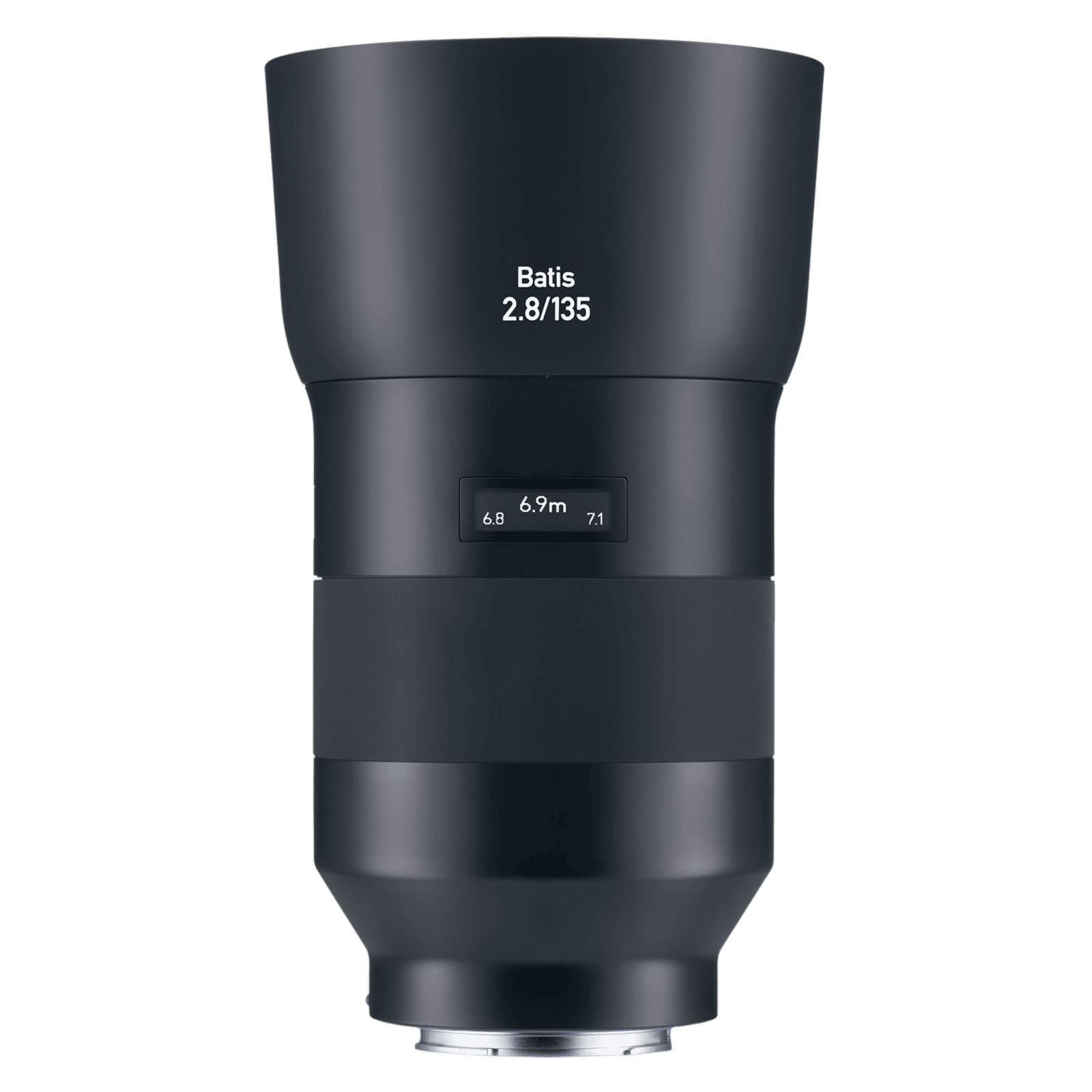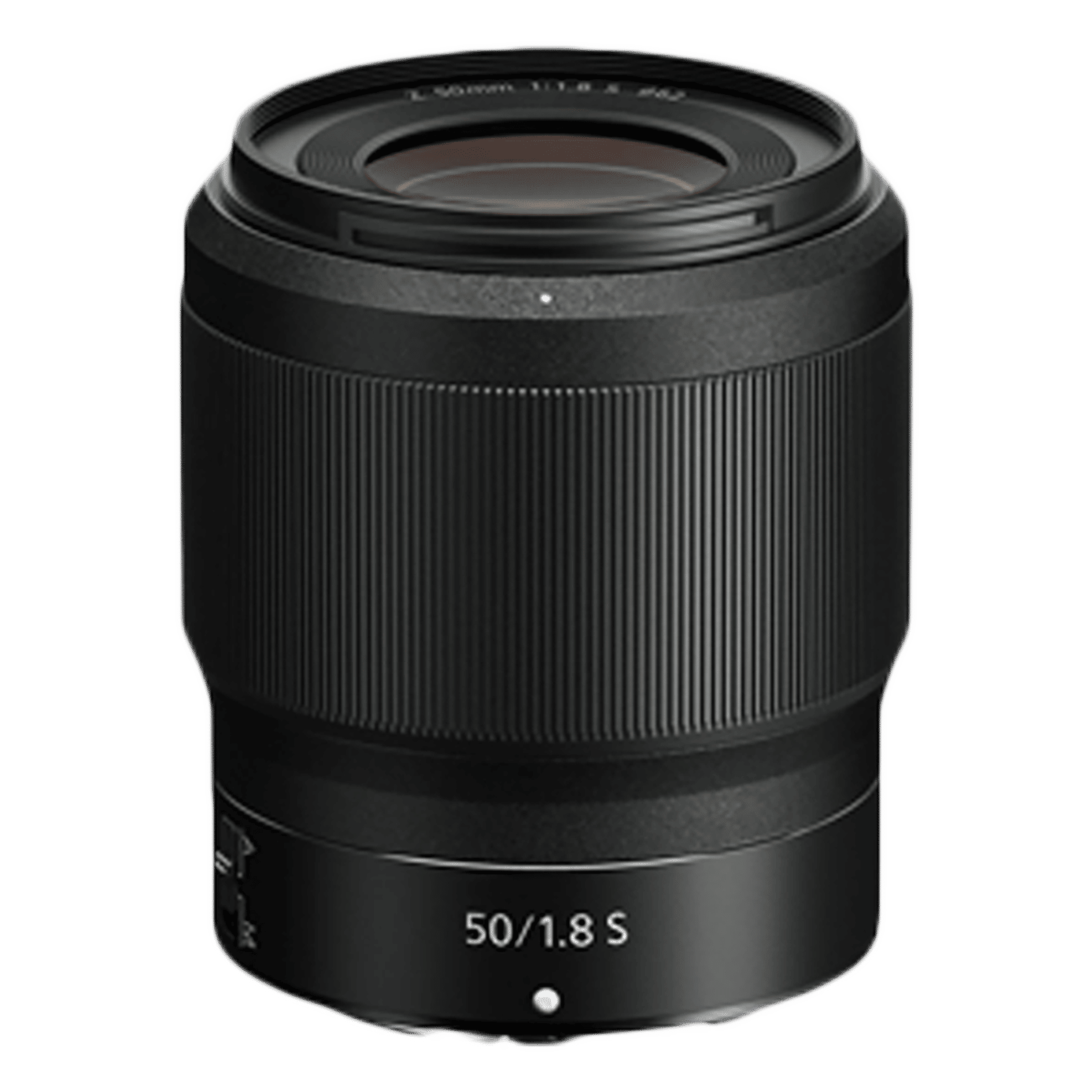The field of view of a camera lens is defined by its focal length. A narrow field of view is a telephoto lens, a field of view that mimics what our eyes can see is a normal lens, and one that offers a wider field of view than what our eyes see is a wide-angle lens. There are variations of this in the form of ultra-wide angle or super telephoto lenses.
If a lens can change focal lengths, it is generally considered to be a zoom lens. You’re essentially zooming in and out of a scene, i.e. widening or narrowing the field of view. Even if that change is minimal, say from 20mm to 24mm, this lens is called a zoom lens because of its ability to change the focal length as needed.
Products in focus
What is a prime lens?
A prime lens, on the other hand, is a lens with a fixed focal length. The field of view remains the same no matter what, and only the focal point and aperture can change.
ALSO READ: 7 best mirrorless cameras for professional photographers to buy in 2024
In fact, the primary cameras on virtually all smartphones use prime lenses. While certain smartphone makers might claim to have 2x or 4x or even 100x zoom, in most cases this is a digital zoom where the camera is using software trickery to imitate a changing focal length.
Advantages of prime lenses
Given that a prime lens has a fixed field of view, its construction is relatively simple. This has several advantages. The first is that prime lenses offer better quality optics. This is because the lens array used to design it can be optimised for only one focal length rather than a range of focal lengths. The design is more focussed and the resulting images tend to be sharper and more colour accurate.
Secondly, the relative simplicity makes prime lenses relatively cheap for the quality of image you get. For example, the Sony 35mm F1.8 prime costs Rs 50,000 and is incredibly sharp. Sony’s 24-70mm F2.8 GM zoom lens costs nearly Rs 2 lakh and struggles to match the 35mm in terms of image quality.
Another advantage of prime lenses is that they can use much wider apertures. This is again a result of the simplicity of the design and the ability to focus on only one focal length. The larger the aperture the more light the lens lets in and the better its performance in low light. A larger aperture also allows for better background blur or bokeh. Most zoom lenses in a similar price range as a prime will have apertures that are 2 to 4 times smaller.
The only real disadvantage of a prime lens is the fact that you have a fixed focal length. Zooming in or out will require walking forwards or backwards, which might not always be feasible, especially in a dynamic environment such as when shooting sports or weddings.
ALSO READ: Everything to know before buying your first interchangeable lens digital camera
That aside, prime lenses offer amazing value and truly stunning image quality at a relatively low price.
There’s a reason why they’re considered to be a photographer’s best friend, and why lenses like the ‘nifty-fifty’ — an affectionate nickname for Canon’s now legendary EF 50 F1.8 lens — are so loved.
Unleash your inner geek with Croma Unboxed
Subscribe now to stay ahead with the latest articles and updates
You are almost there
Enter your details to subscribe

Happiness unboxed!
Thank you for subscribing to our blog.
Disclaimer: This post as well as the layout and design on this website are protected under Indian intellectual property laws, including the Copyright Act, 1957 and the Trade Marks Act, 1999 and is the property of Infiniti Retail Limited (Croma). Using, copying (in full or in part), adapting or altering this post or any other material from Croma’s website is expressly prohibited without prior written permission from Croma. For permission to use the content on the Croma’s website, please connect on contactunboxed@croma.com
- Related articles
- Popular articles














Anirudh Regidi
Comments